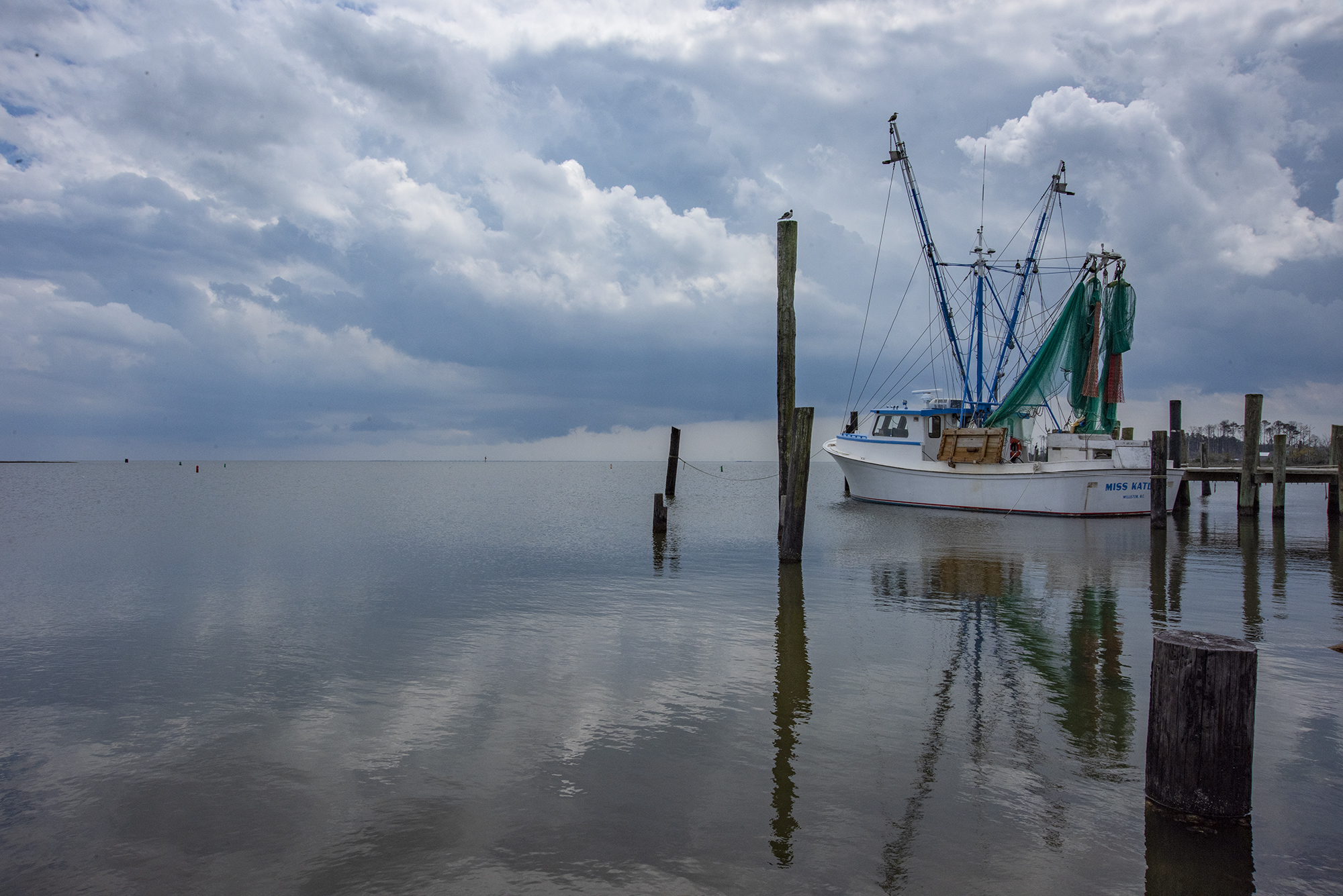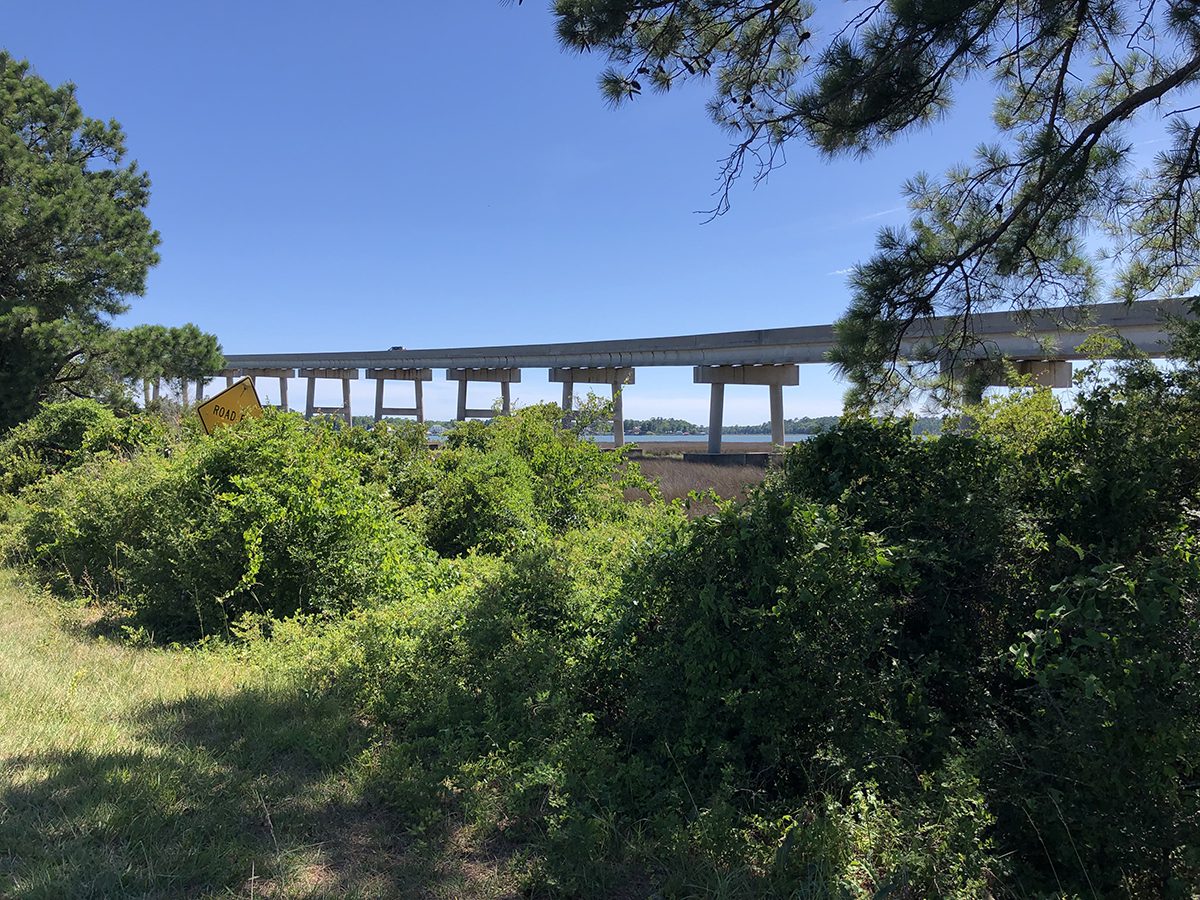
The military has been a boon to North Carolina’s economy. It has brought in millions in government spending, thousands of jobs, and generations of families eager to live and retire where they used to serve.
Newspapers, historians, and the media often focus on large cities, base locations such as Fayetteville and Jacksonville, when discussing the impact of these military installations. But smaller towns also play an important role. This is the story of two coastal towns and how their histories have been shaped during the past 80 years by the Marine Corps bases nearby.
Supporter Spotlight
For more than 200 years, Snead’s Ferry, the vessel for which the Onslow County community was named, plied the waters of the New River between Ferry Point and Pollocks Point. It served as a vital connection on the King’s Highway, a colonial postal route near present-day U.S. 17 that was essential to communication in remote parts of eastern North Carolina. The ferry continued long after the end of colonial rule, the widespread building of bridges and new turnpikes, and the emergence of railroads in the 1840s. Snead’s Ferry finally ceased operations in 1939 following the construction of a nearby bridge.
Today, Snead’s Ferry likely could not legally run the same route. The Ferry Point side is still part of the historic community, surrounded by fishing companies and old homes. But the other side of New River features a small wildlife viewing area surrounded by Camp Lejeune, a Marine Corps base with more than 40,000 stationed Marines and restricted public access
Camp Lejeune, founded in 1941, has severely limited outside traffic on the base since the terrorist attacks of 2001. Just 1,500 feet on the other side of the Sneads Ferry bridge on N.C. 210 is a gate that would stop any prospective traveler. Except for the wildlife area, there would be nowhere for the ferry to land that was accessible to the public.
Sneads Ferry, the community that grew up along the New River ferry, is just one of several coastal towns that have been shaped by military expansion in the past 70 years. Nearby towns such as Sneads Ferry and Newport in Carteret County are now destinations for thousands of military families and employees. Before the bases were built, these towns were small, located on naturally advantageous river bends and points of land. They operated small-scale businesses and were mostly bypassed by the large-scale agricultural and industrial developments of the past century.
But the needs of military bases changed the nature of their locations. Chosen for their cheap land and access to water, these installations ended up radically transforming not just their host towns but the overall region in which they were located. This new situation presents challenges and opportunities that create a new way of living for many in coastal North Carolina.
Supporter Spotlight
Sneads Ferry dates back nearly three centuries to the earliest years of the North Carolina Colony. In 1725, Edmund Ennett began running a ferry across the New River. It was known as the Lower Ferry because it was down river from Wantland’s Ferry, near present-day Jacksonville.
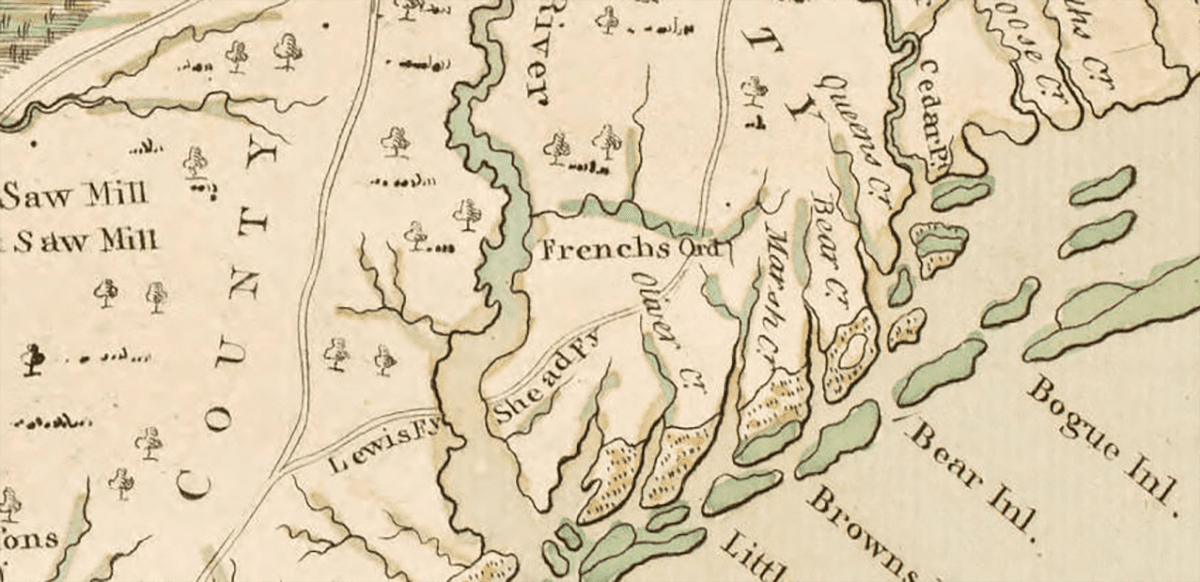
A later ferry at the same spot was operated by Robert W. Snead, who moved to the area in 1760. By the mid-18th century, the ferry was an established part of postal communication in the colonies.
Like many places in eastern North Carolina, Sneads Ferry was overlooked by the historical forces that built up much of the state. It was not attractive to railroad lines or a productive location for industry. The railroad did not reach the vicinity of Sneads Ferry until the 1880s.
Robust growth in Wilmington and New Bern did little to change the fortunes of New River communities. In his history of Onslow County, Alan D. Watson makes only the occasional reference to Sneads Ferry, the main examples being its historic relevance to the post road and its status as the home of John Everett, an African American who fought for the Union during the Civil War. Sneads Ferry remains unincorporated to this day.
This quiet history was surpassed only slightly by development in Newport, about a 60-mile drive from Sneads Ferry and about 10 miles from Marine Corps Air Station Cherry Point.
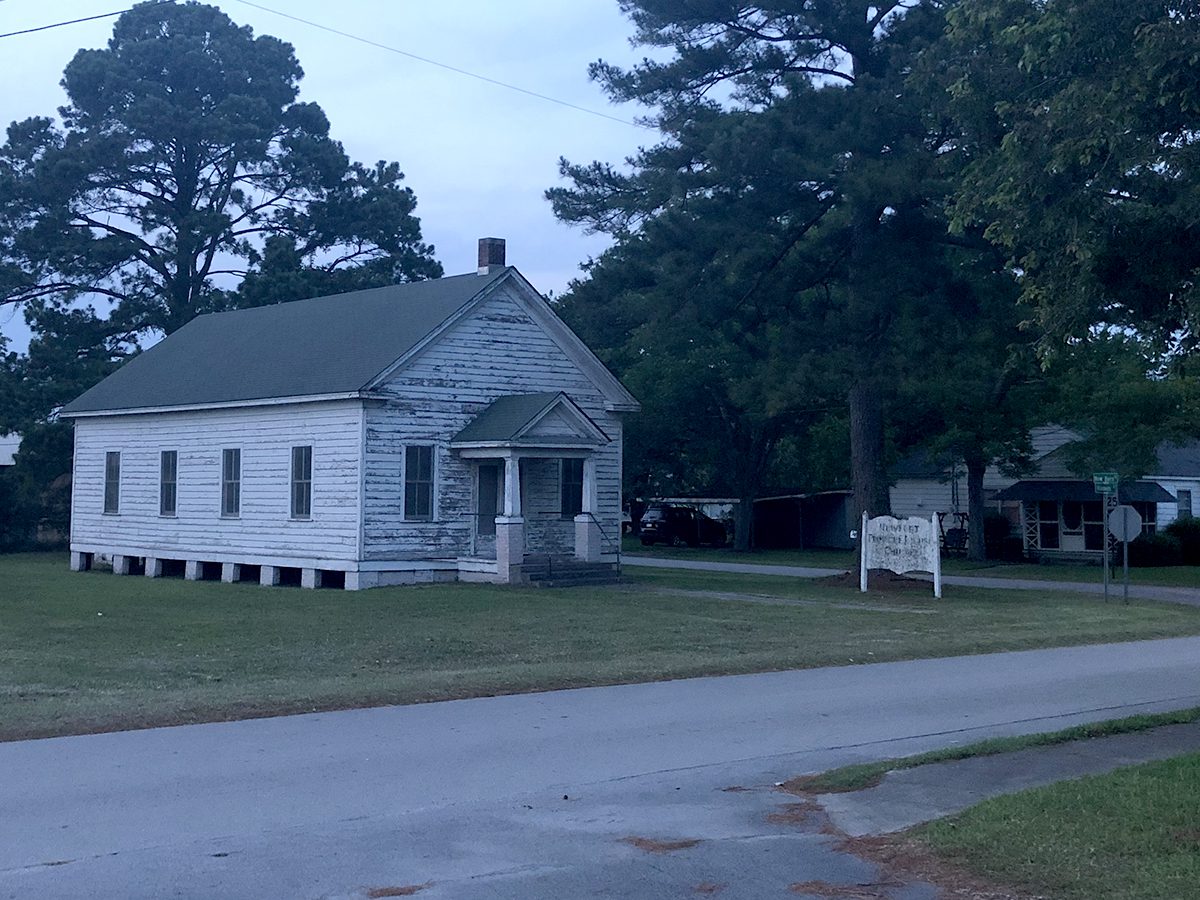
Settled in the 18th century, Newport remained a mostly isolated spot on the Newport River. During the Union occupation, it was the site of a Civil War battle in which a Union barracks and a railroad bridge were destroyed. The town incorporated in 1866, but from 1870 to 1940, Newport’s population never exceeded 500. The town remained small until the middle of the 20th century.
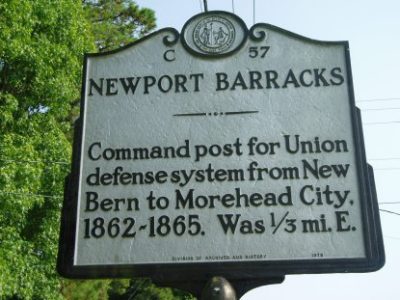
In 1941, the futures of these two towns were dramatically changed. It was during that year that the Marine Corps began work on what would become Camp Lejeune on the New River. The Marine Corps acquired a sizable tract of land in what was once the community of Marines and began constructing barracks and warehouses. Men and women from Sneads Ferry, lured by the prospect of well-paying jobs during the Great Depression, flocked across the river to pitch in. By 1942, thousands of Marines were living in and being trained just a few hundred feet north of the community.
That same year, in Havelock, construction began at Marine Corps Air Station Cherry Point. The air station became home to thousands of Marines as well as various squadrons and aircraft repair facilities. Those repair facilities saw active use during the Vietnam War and drove the 488% population spike in Havelock during the 1970s.
Neither Newport nor Sneads Ferry is host of a military base. Neither has witnessed the expansion seen in Jacksonville or Havelock. But of the two, Newport is closer to embracing its status as a military town.
In Newport, town leaders early on saw advantages in putting out the welcome mat by way of a land swap for national forestland to create a large residential neighborhood primarily for military retirees from the air station.
Plans for Newport’s Cherry Point Veterans Mutual Housing Association development were drawn up in 1951, and the first houses were completed before the new streets were paved. The new part of town, also referred to as West Newport, included more than 70 homesites near the still-standing Forest Service fire tower.
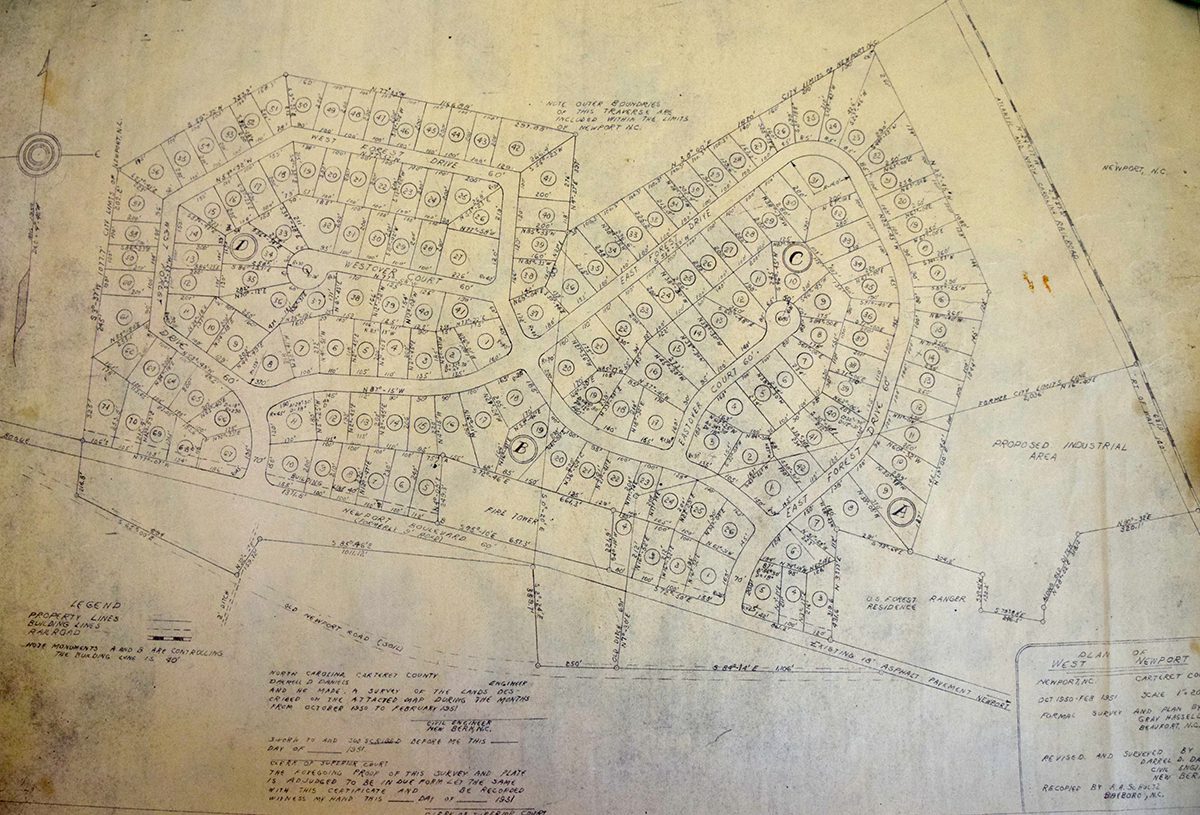
Newport today is mainly composed of two areas, the older downtown along old U.S. 70, or Chatham Street, and the more recently developed areas on either side of the U.S. 70 bypass. This divide is clear when looking at historical growth patterns versus the growth that characterizes development connected to Cherry Point. The town has grown from fewer than 500 residents in 1940 to nearly 5,000 residents today. This growth does not take into account the expansion along the U.S. 70 bypass, where the ZIP code that includes the town has ballooned to approximately 10,000 housing units. As Mayor Dennis Barber told Coastal Review, the downtown was small prior to the base’s construction.
“Newport had everything they needed,” Barber said, referring to the community’s resistance to change for much of its history. This resistance led to an outflow of population, as mainly younger residents left the town in search of new opportunities and did not return.
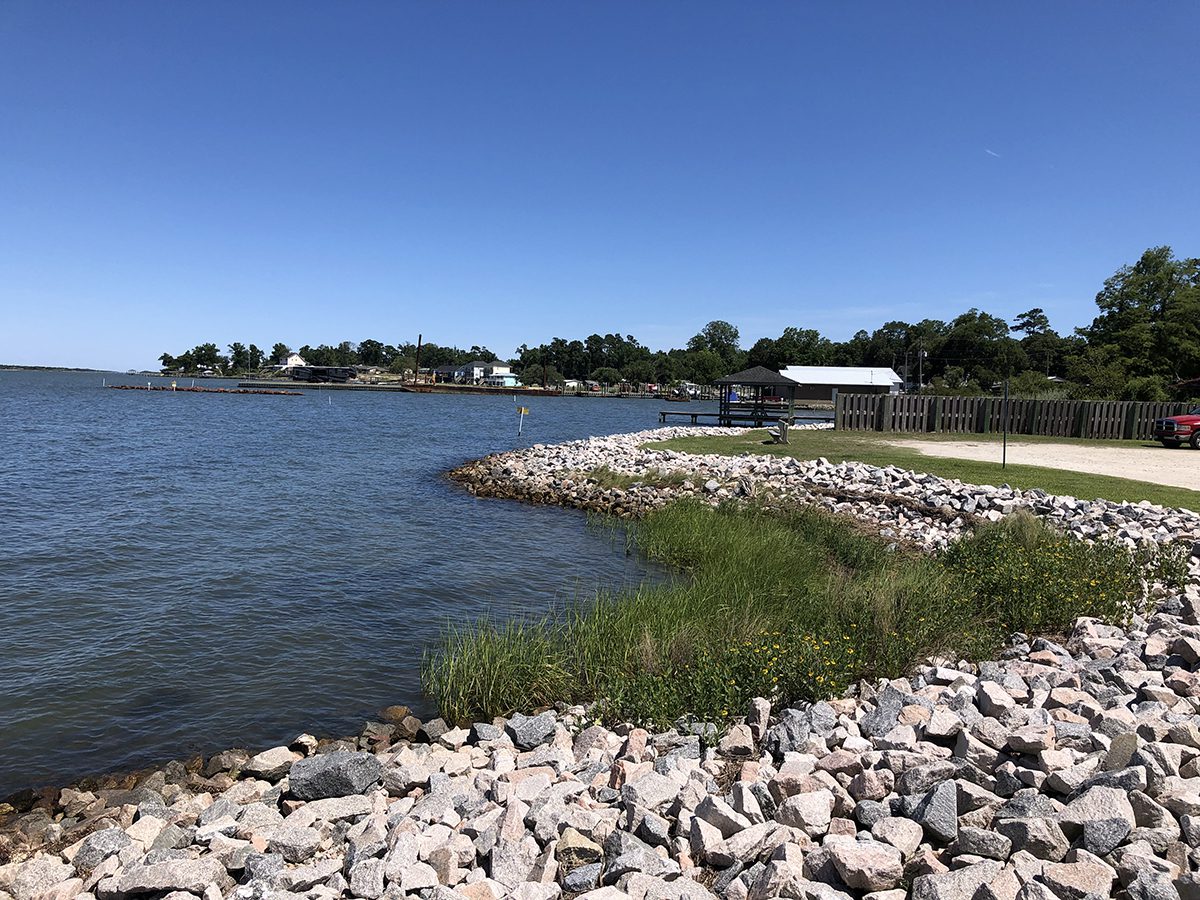
Sneads Ferry, on the other hand, has grappled with its connection to the massive base across the river. Like Newport, the community is in many ways split in two. There is the historic town area near the site of the former ferry, also known as Fulcher’s Landing and home to the Riverview Cafe. This area is the site of the annual Shrimp Festival. It is still tied to the seafood industry. A 2009 Our State feature on Sneads Ferry described the town as one defined by “shrimping, family, and the pleasures of life in flip-flops,” not as a military retirement community.
Beyond the waterfront, Sneads Ferry is growing. Businesses stretch back several miles up and down nearby N.C. 210. These are not historic seafood restaurants and local shops but are modern retail chains, much different from the coastal community at Fulcher’s Landing.
Newport, meanwhile, continues to embrace its reputation as a small town that attracts current and former military personnel. Mayor Barber said he’d like to see Newport remain a military destination. Barber is a former Coast Guardsman and has been connected to the town for decades, loving both its military connection and its being the kind of small town where “people still wave at each other.”
Meanwhile, Sneads Ferry continues to develop its waterfront. When asked about Sneads Ferry’s future, Lisa Whitman-Grice, director of the Onslow County Historical Museum, credited Camp Lejeune with making the county part of a global community. But she added that despite the trappings of military-related growth, “Sneads Ferry really wants to keep its historical connections.”
Library assistant Amanda Summers agreed. A local with connections to the seafood industry, she noted that “the town is growing and everyone can feel it,” but she rejected the idea that there was any conflict associated with military growth.
Sneads Ferry and Newport continue to be defined by their relationships to the Marine Corps. Both towns welcome more military-related newcomers and the infrastructure challenges associated with rapid growth on the North Carolina coast. These challenges include land use, sewer, and water infrastructure. Newport, for instance, is about to build another water treatment plant, and town officials have touted the town’s exceptional water infrastructure for a municipality of its size.
Despite numerous obstacles and the threat to small-town life, proximity to a military base means money and activity for these towns, both of which many of its residents welcome.
As Dee Lewis, genealogist and volunteer at the History Museum of Carteret County, said when asked about Newport’s future as a military retirement center, “The weather is nice, the people are friendly, and you can golf all year round. Of course people would want to retire there.”






